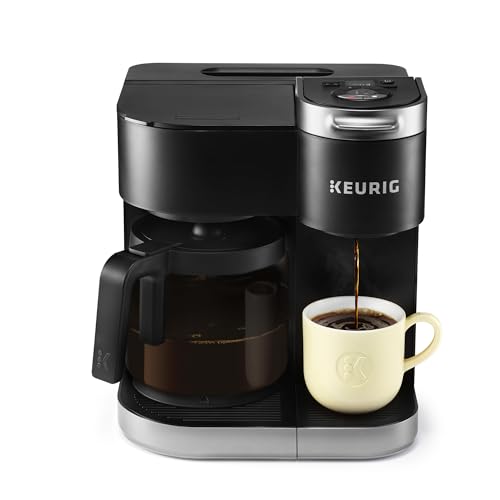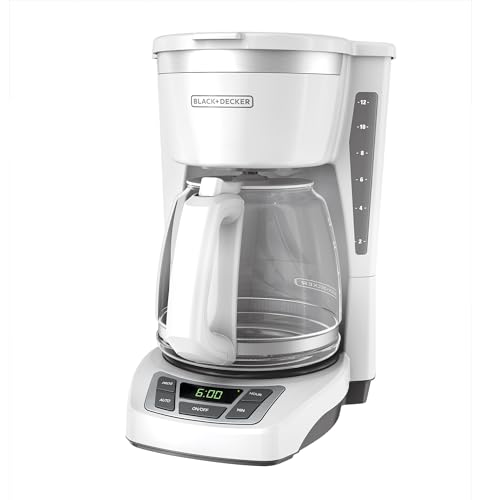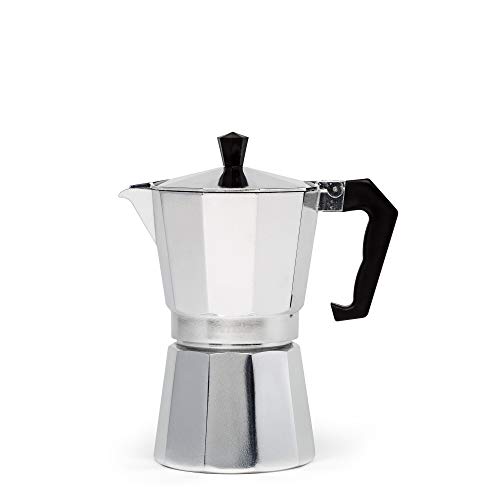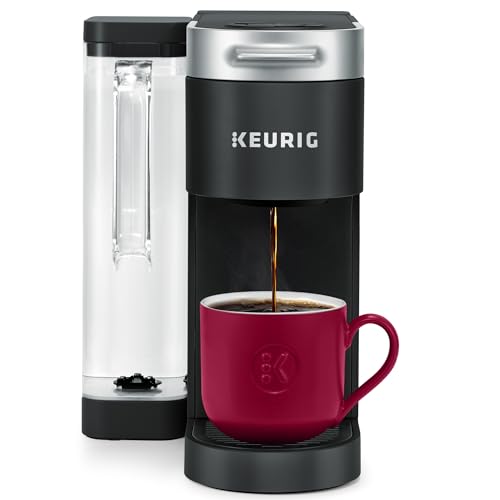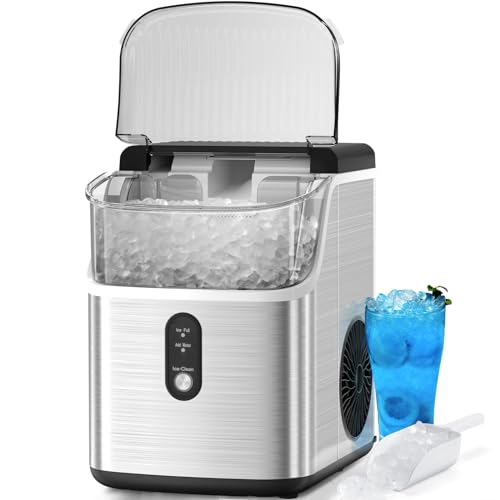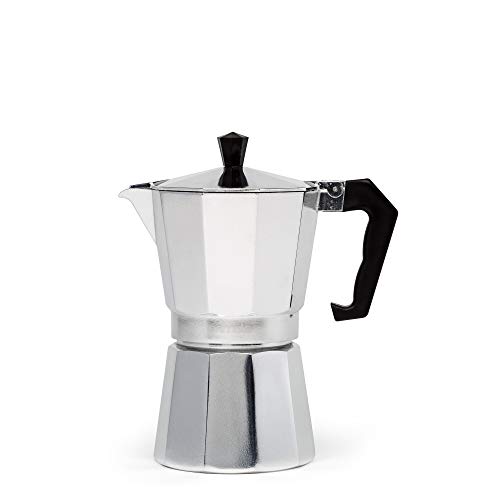“How Long Will a Keg Last in a Kegerator?” is a common question for many beer enthusiasts, especially those considering investing in a kegerator for home or business use. The longevity of a keg in a kegerator depends on multiple factors, and understanding these can help you ensure your beer stays fresh as long as possible.
Kegerators, specialized refrigerators designed to hold and dispense kegs, have become increasingly popular in recent years. They offer the convenience of draft beer at home, contributing to an authentic bar-like experience. However, it’s crucial to understand the longevity of a keg within this system to maintain optimal taste and quality.
This article will explore the elements that influence how long a keg will last in a kegerator, providing you with valuable insights to maximize your beer enjoyment.
How Long Will a Keg Last in a Kegerator?
In general, an untapped keg stored in a kegerator will remain fresh for up to six months under optimal conditions. However, once tapped, the beer’s freshness depends largely on the type of beer and how the kegerator is used.
Lighter beers tend to last longer than their darker counterparts. For instance, lagers, pilsners, and wheat beers can stay fresh for up to two months if kept at the ideal temperature of 38°F. Heavier beers, such as stouts and porters, usually have a shorter shelf life, around one month, in the same conditions.
The frequency of beer dispensing from the kegerator also impacts the keg’s lifespan. If the kegerator is used regularly, the beer will typically stay fresh for a longer period due to the consistent pressure helping to maintain carbonation. Conversely, if the kegerator is used infrequently, the beer may start to lose its freshness after a week or so.
Gas type used in the kegerator plays a part as well. CO2 is commonly used for most ales and lagers, while nitrogen is used for certain types of stout. The use of pure CO2 can help maintain beer freshness for about 45-60 days.
Finally, cleanliness is key in preserving beer quality. Regular and thorough cleaning of the kegerator system, including lines, taps, and connectors, will ensure no bacteria or mold impacts the beer’s taste over time.
The Basics of Kegs and Kegerators
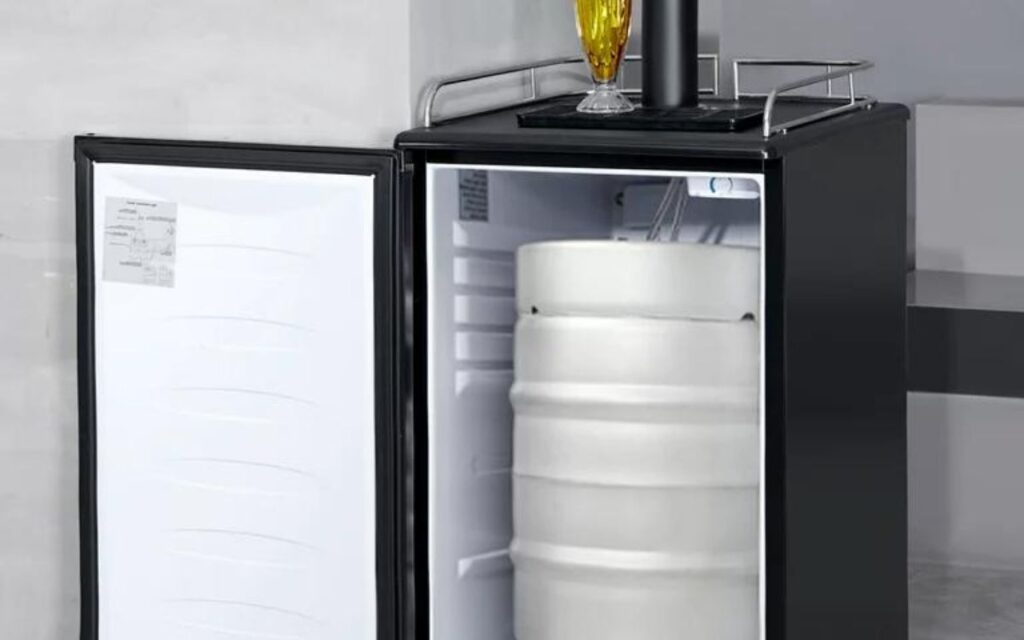
Before delving further into the subject of longevity, it’s important to understand the basics of kegs and kegerators. Kegs come in various sizes, the most common being the half-barrel, quarter-barrel, and sixth-barrel. The half-barrel, the standard size often used in bars and restaurants, holds approximately 15.5 gallons of beer.
Kegerators, on the other hand, are available in different models and sizes, accommodating different keg sizes. Some kegerators are designed for home use, accommodating one standard half-barrel keg, while others are designed for commercial use and can hold multiple kegs.
Storage conditions significantly influence how long a keg will last in a kegerator. As previously mentioned, ideal storage temperature is crucial. Additionally, light exposure can be detrimental, as UV rays can break down the beer’s compounds, leading to off-flavors. Therefore, keeping your kegerator in a dark place can help extend the beer’s freshness.
Understanding the types of beers and their respective longevity is key. Beers with higher alcohol content usually have a longer shelf life. This principle applies to both bottled and keg beer. So, while lighter beers like lagers may last for up to two months, stronger beers, such as IPAs, might last even longer.
Tips for Maintaining a Healthy Kegerator System
Maintaining a healthy kegerator system involves more than just regular cleaning. Here are some tips to ensure your keg lasts as long as possible in a kegerator.
Understanding the role of pressure in your kegerator system is essential. CO2 pressure must be balanced to the type of beer and the length of the beer line. Incorrectly balanced systems can result in flat or excessively foamy beer, shortening the beer’s lifespan.
Regularly checking CO2 tank levels is another good practice. Running out of CO2 can expose your beer to oxygen, causing it to go flat and impact its taste and freshness. Keep a spare CO2 tank handy to avoid this issue.
Always handle your kegs with care. Rough handling can stir up sediment from the bottom of the keg, which can cause off-flavors and reduce the lifespan of the beer in the kegerator.
Lastly, remember that every beer has its ideal serving temperature, usually specified by the brewer. Maintaining this temperature in your kegerator can significantly extend the beer’s freshness. It’s also advisable to use insulated beer lines for optimum temperature control.
Troubleshooting Common Issues with Kegerators and Kegs
Even with the best care and maintenance, you may encounter some common issues with your kegerator and kegs. Understanding these issues and their solutions can help you prolong the freshness of your beer.
One common problem is a keg that dispenses only foam. This issue could be due to a few factors. An over-pressurized keg or a beer line that’s too short may cause excessive foaming. You can fix this by adjusting the pressure or by installing a longer beer line.
Another frequent issue is the presence of off-flavors in the beer. This problem usually points to a cleanliness issue. Beer lines, taps, and kegs should be cleaned after each use to prevent bacterial growth, which can affect the taste of the beer.
A third common issue is flat beer, often caused by insufficient CO2 pressure. If you notice your beer lacks the right carbonation, check your CO2 tank and regulator. You might need to increase the pressure or replace an empty CO2 tank.
If the beer is dispensed too slowly or not at all, this could indicate a problem with the keg coupler. Ensure that the coupler is properly attached and not blocked by sediment or debris. If the issue persists, you may need to replace the coupler.
See more: Best Outdoor Kegerators
FAQs about Keg Longevity in a Kegerator
In the process of choosing, installing, and maintaining a kegerator, numerous questions may arise. We’ll address some of the most common ones here, focusing specifically on the factors that affect how long a keg will last in a kegerator.
Q: How long can a tapped keg last in a kegerator?
A: Once tapped, a keg’s beer can remain fresh for a period of time depending on a few factors. The type of beer is important: lighter beers such as lagers, pilsners, and wheat beers can remain fresh for up to two months if kept at the ideal temperature of 38°F.
Darker beers, like stouts and porters, usually stay fresh for about one month under the same conditions. The frequency of use also matters: if a kegerator is used regularly, it helps maintain the beer’s freshness due to the consistency in pressure.
Q: Does the type of gas used in a kegerator affect a keg’s lifespan?
A: Yes, the gas type used can indeed influence a keg’s lifespan. Most ales and lagers use CO2, while certain types of stout use nitrogen. Using pure CO2 can help maintain the beer’s freshness for about 45-60 days. It’s important to note that the gas pressure needs to be compatible with the type of beer and the length of the beer line for optimal results.
Q: What steps can I take to maintain the freshness of my keg in a kegerator?
A: There are several measures you can take to maintain the freshness of your keg. Firstly, maintaining the ideal serving temperature as specified by the brewer is essential. Secondly, ensuring cleanliness of the entire system—lines, taps, and connectors—can prevent bacteria or mold that could affect the beer’s taste.
Regularly checking the CO2 tank levels, handling kegs with care, and avoiding light exposure can also greatly help in maintaining your beer’s freshness. Don’t forget to clean all equipment after each use to prevent bacterial growth.
Final Thought
The longevity of a keg in a kegerator is determined by multiple factors, including the kegerator’s maintenance and the beer type. By understanding the importance of temperature control, gas pressure balance, regular cleaning, and careful handling of the keg, you can maximize the freshness and lifespan of your beer.
Moreover, recognizing the issues common to kegerators and kegs can help you troubleshoot effectively, ensuring the quality of your beer is not compromised. Problems such as excessive foam, off-flavors, or flat beer can be addressed with appropriate adjustments.
Finally, the choice of gas, the beer line length, and the avoidance of light exposure also play significant roles in maintaining the beer’s optimal condition. With the right care and maintenance, your question of “How Long Will a Keg Last in a Kegerator?” can be answered with a satisfactory timeline.
